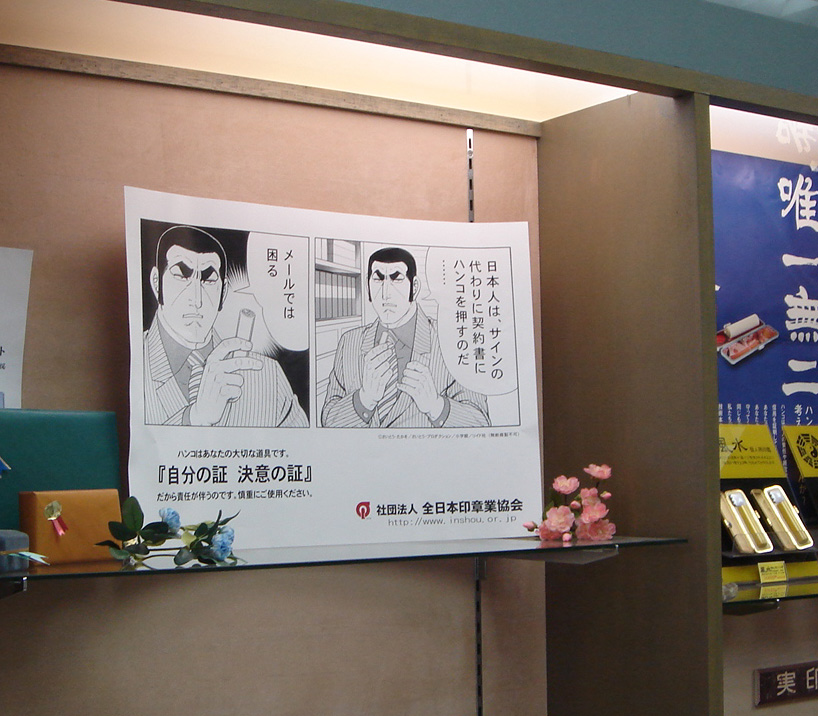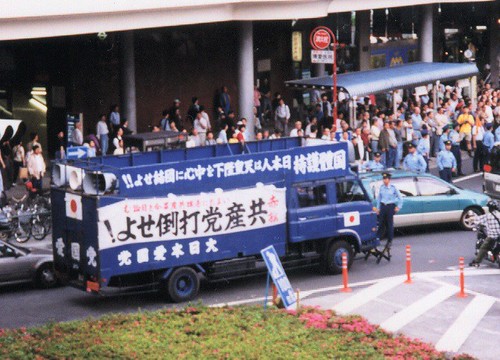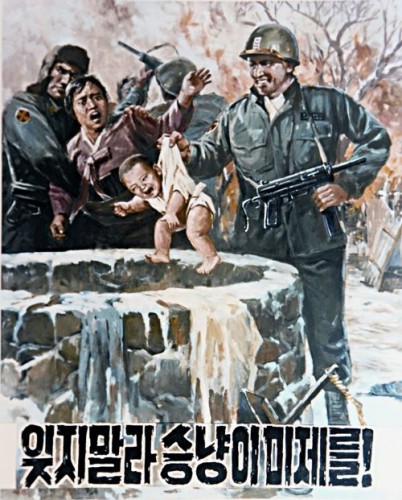Seeing Golgo 13’s commercials for the new LG Google phone reminded me that many of Japan’s famous cartoon characters have zero integrity. Doraemon and Sazaesan personally appear in commercials to tell kids they need to eat more chocolate, and Golgo himself has also been licensed to death – his face is featured on canned coffee and pachinko machines, among other things. But perhaps the most ridiculous Golgo 13-related promotion I have seen is his promotion of Japan’s hanko system – the practice of using ink stamps instead of signatures to officially verify documents.
In the manga, anime, and countless other products bearing his name, Golgo 13 is a mysterious, East Asian-looking (usually presumed to be half-Japanese) assassin for hire who travels the world killing undesirables. Each job usually leads to multiple plot twists and intrigue, some of it predictable – in just about every story he sleeps with a local woman who he must then kill due to some betrayal – but he always gets his man. You could think of him as James Bond’s evil Asian half-brother.
As seen in this blog post, the hanko industry association is running ads in which Golgo 13 tells someone off-camera that using seals is a unique Japanese practice, and if you don’t like it we may have a problem here. Though the campaign dates back to 2008, I recently saw an ad just like this on a Yamanote line station platform, so I presume they’re still around.
Since Golgo 13 is such a badass the ad leaves an impression, but the message makes no sense at all. Here’s my rundown of the ad text:
Reading right to left, in the first panel Golgo says, “Japanese people affix their seals to contracts instead of signing them.” Next panel, he holds up his seal and says, “An e-mail just won’t do.” Below the comic, the slogan reads, “Your seal is an important tool – A seal is proof of your decision. Therefore, [affixing your seal] comes with responsibility. Please use it carefully.”
The people paying for this campaign are the Japan Seal Industry Association, a group set up to further the industry’s interests. No doubt they know their business faces some grim prospects going forward as the population shrinks and technological progress makes seals and even signatures less relevant.
As I have argued earlier this year, I think the system should be abolished because seals make it simply too easy to forge documents (that and I can’t be bothered to carry one around). They’re also one of the biggest sources of demand for the ivory trade.
In one sense, I can see why Golgo 13 would find common cause with the inkan makers. If the world used seals instead of signatures, an assassin could much more easily travel the world using various aliases or even forge the documents of others.
As should come as no surprise, I find this campaign depressing and selfish. That the association falls back on the national pride/Japanese uniqueness argument tells me they can’t make their case on the facts. Turning to a menacing figure like Golgo to make an emotional appeal comes off as a near-threat. Who is Golgo talking to? Is he insisting on using his seal on an assassination contract? If so, since when have contract killings been put in writing? Maybe his message is literally threatening the Japanese people in general. It’s as if he’s saying, “People of Japan: You will use hanko whether it makes sense or not!”





